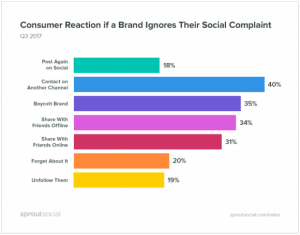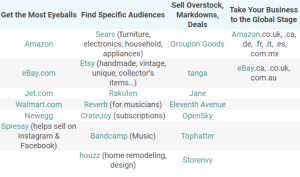Agile use of Customer Stories gets all members of the team on the same page for the work that needs to be done.
In recent articles we covered the Collaborative Planning Workshop and the Launch Cycle. Now we’re going to dive into our third stop on your agile marketing journey — 6 Key Practices.
The Agile Marketing Navigator is intended to be a flexible framework, so these 6 Key Practices are suggestions, not requirements. You can mix and match them. You can do all six, or just two or three. You can combine them with some of your own practices. There are a lot of valuable practices out there, but the reason we chose to hone in on these six is that our team of marketing executives and agile coaches all saw real proven benefits from them.
Today we’ll talk about the first practice — Customer Stories. This is a practice I wrote about in a 2021 article, “Writing customer stories to improve team collaboration,” so you can see I’m a pretty big fan of them. But not always, and not for every team.
What are Customer Stories?
A Customer Story is gives everyone a more well-rounded perspective on the work the team is setting out do do, and is inclusive of all work required to create value to the customer.
Customer Stories are derived from user stories, a longtime popular concept among Scrum teams in software development. They are the late 1990s brainchild of Dr. Alistair Cockburn, stemming from a need to bring together business people and tech people to have a conversation. The idea was that handing over lengthy requirements documents from “the business” to “the developers” was inefficient and a lot got lost in translation.
In 2001, Ron Jeffrey put a new spin on them with the 3C’s — Card, Conversation, Confirmation. In 2004, Mike Cohn popularized the practice within agile software development in his book “User Stories Applied For Agile Software Development.”
While user stories work well in software development, the focus is more of a technical one about how a user of a website or software system uses a feature. A customer story in marketing is about the target customer we’re trying to reach and what benefit that customer will receive from the marketing tactic we deliver.
Here are a few examples of customer stories:
- “As a realtor, I want a landing page where prospects can go so that I can build up my sales pipeline.”
- “As a healthcare provider, I want to get a weekly email update on vaccination rates in my community so that I am better prepared for a crisis.”
- “As a mom of two, I want a buy one get one free offer on back to school shoes so that I can save money.”
- “As a new homeowner, I want to receive a brochure on where to find a qualified pediatrician near me so that my kids are well cared for.”
One of the biggest challenges I’ve seen in coaching marketers rather than software teams on how to write customer stories is the level of thinking. Software teams have an easy time coming up with a story about a small update, whereas marketers need to think in much broader terms. Instead of this being a battle to fight, exploit the way that marketers ideate naturally.
While my examples above are extremely specific and cover a single deliverable, such as a landing page or an e-mail, it’s okay to start with a general story such as:
- “As a realtor, I want to build up my sales pipeline so that I can grow my business.”
From there, a lot of teams like to ideate on what tactics align with that story such as building a landing page, launching an email campaign, etc. Either of these approaches works. One is the more traditional way, and the other is the way I’ve learned to be agile about teaching this to marketers.
The goal of course is a shared understanding of the work.
Which marketing teams should use Customer Stories?
Any teams that deliver marketing to customers can use Customer Stories. They are a great way to have a conversation as a team and to look at work differently. It also helps if you’re accustomed to siloed work and passing work from person to person. The Customer Story gets everyone on the same page.
So, when would you not use them? If the team thinks they are already performing well and doesn’t want to spend the time on them. However, I’ve found that a little bit more time upfront leads to better teamwork and a more customer-centric delivery of valuable marketing content.
The post Getting Started with the Agile Marketing Navigator: Customer Stories appeared first on MarTech.
MarTech(22)
Report Post





